Order: Charadriiformes. Family: Scolopacidae
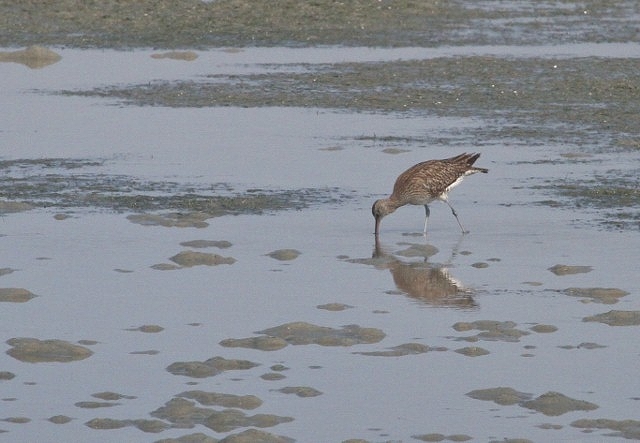
Description
Size 53-59 cm. The Eurasian Curlew is the largest wader on the southern African coast. It has a long, decurved bill.
In flight, it shows a conspicuous white rump that extends up the back as a white triangle.
Sexes alike but female is larger and has a longer bill.
Juvenile has a relatively short bill but lacks the head stripes of Common Whimbrel and is paler.
The only similar species over most of the Curlew's range is the Whimbrel. Among other features, the Curlew’s bill is three times longer than its head; the Whimbrel’s only twice as long, with a kink rather than a smooth curve. Eurasian Curlew is paler overall and lacks Common Whimbrel's head stripes, although a faint eyebrow stripe may be visible. Flying Curlews may also resemble, Bar-tailed Godwits (Limosa lapponica) in their winter plumages.
Distribution
Breeds from western Europe to north-west China between 45-70° North, dispersing in the non-breeding season to the coasts and shores of lakes in southern and western Europe, southern and South-East Asia, Madagascar and the coast of Africa down to southern Africa. Here it is generally uncommon along the coastline of the region, as well as further inland in north-central Namibia and Botswana.
The race that visits southern Africa is largely N. a. orientalis which breeds east of the Urals in western and central Siberia. This race migrates also to eastern Africa and southern Asia. Nominate arquata breeds west of the Urals and migrates mainly to western Europe.
It is a migrant to coastal wetlands. The distribution is concentrated on the coastlines of the southern Cape Province, Langebaan Lagoon to Berg River estuary, and Sandwich Harbour to Walvis Bay Lagoon.
Habitat
Large estuaries and lagoons; a few birds wander inland. In southern Africa, the preferred habitat is intertidal sandbanks and mudflats.
Diet
It mainly eats aquatic invertebrates, such as shellfish, mudprawns (such as Estuarine mudprawns Upogebia africana), small crabs, shrimps and polychaete worms, occasionally supplemented with insects, small vertebrates and plant matter. It does most of its foraging by using its long bill to probe and peck soft mud, soil and grass tussocks in search of food.
Movements and migrations
Departs its breeding grounds in June and July, heading south and eventually arriving in southern Africa in August, staying until about March and early April.
Call
A loud cur-lew. Listen to Bird Call.
Status
Locally common but decreasing summer visitor, rare in the east. Classified as Near Threatened (NT) on the IUCN Red List.



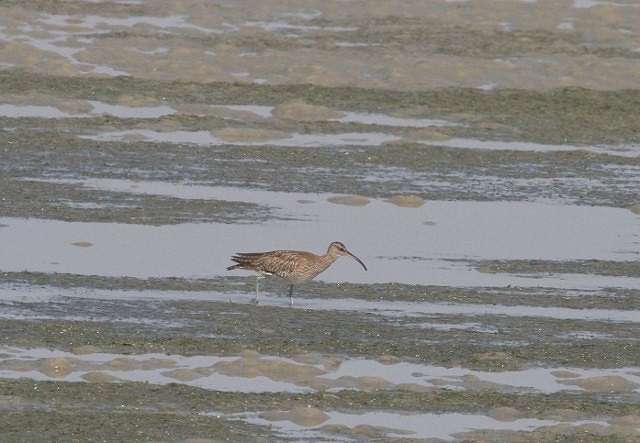
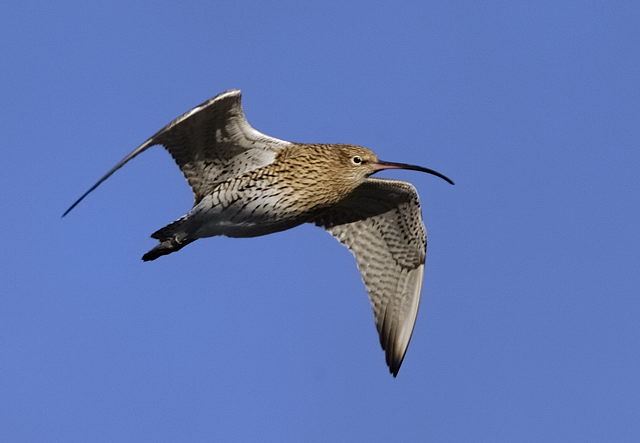 © Dewi
© Dewi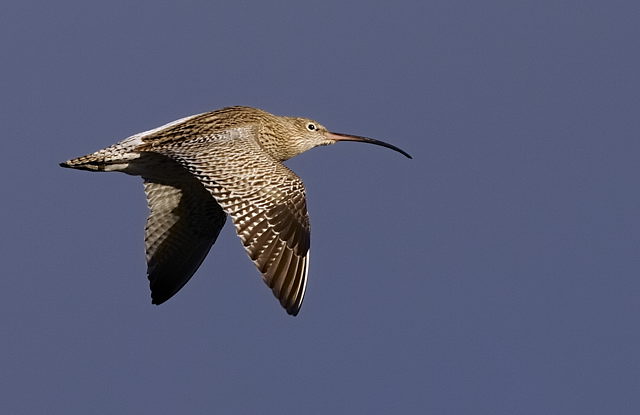 © Dewi
© Dewi
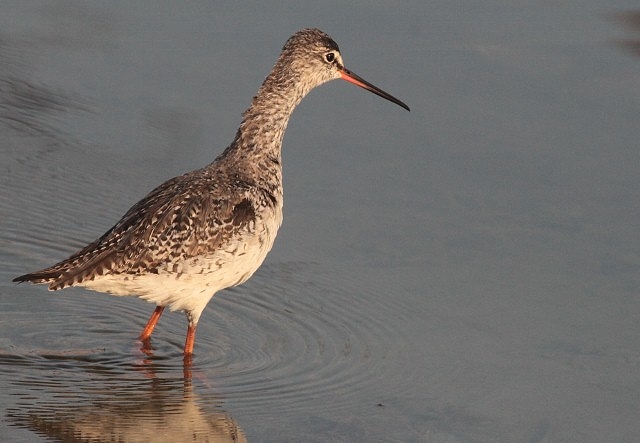
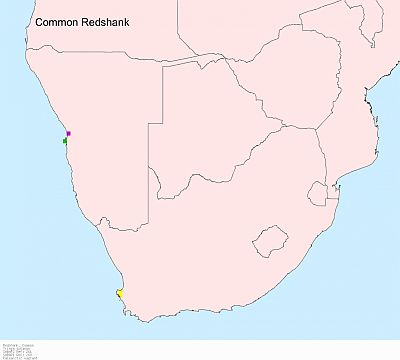
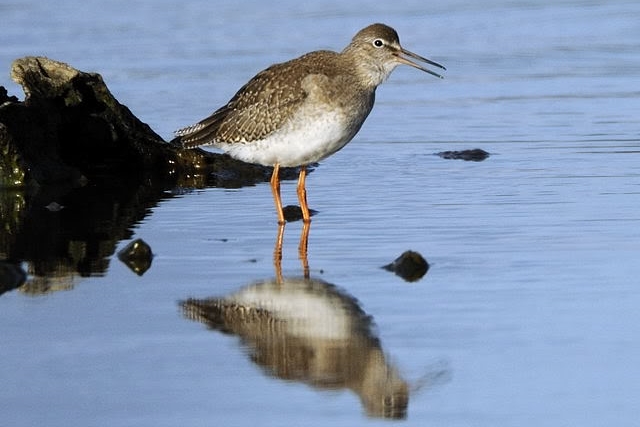 © Dewi
© Dewi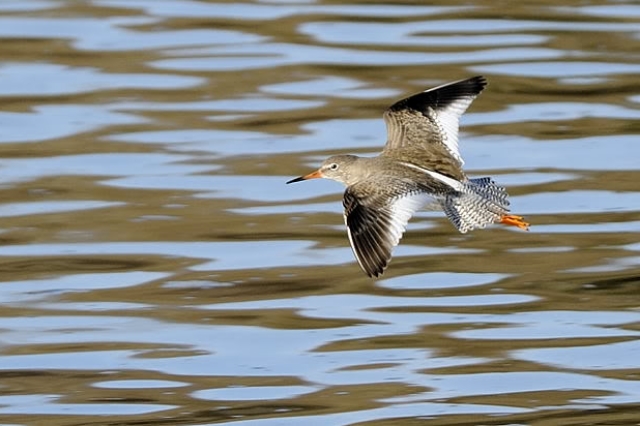 © Dewi
© Dewi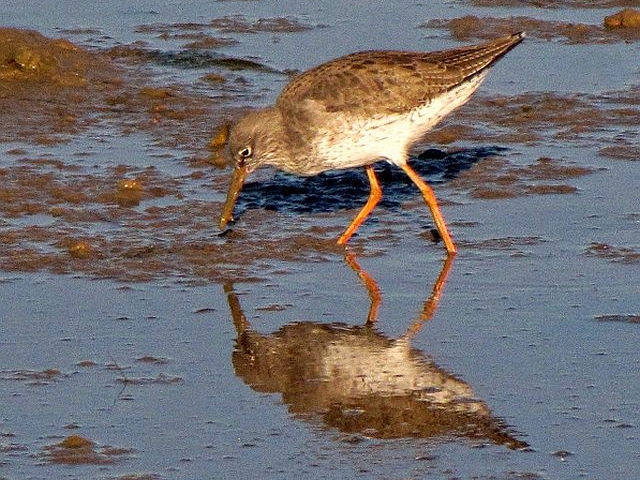 © Lisbeth
© Lisbeth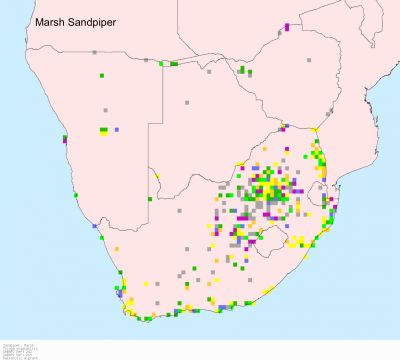
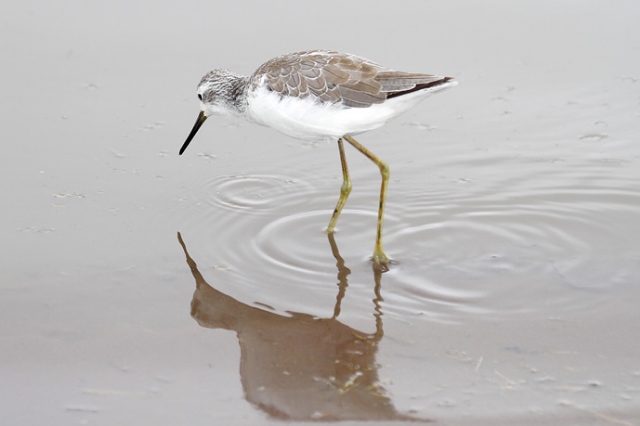 © leachy
© leachy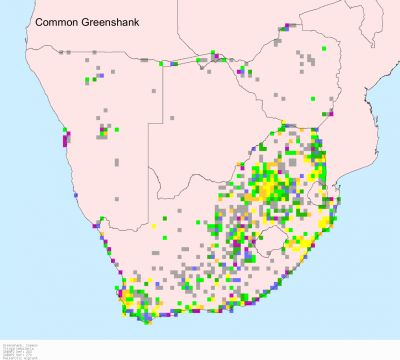
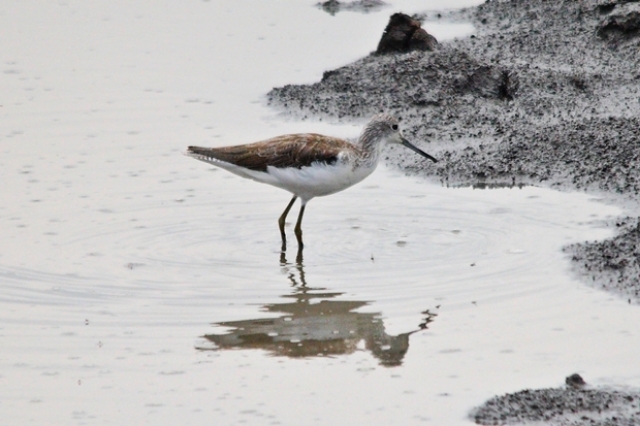 © Flutterby
© Flutterby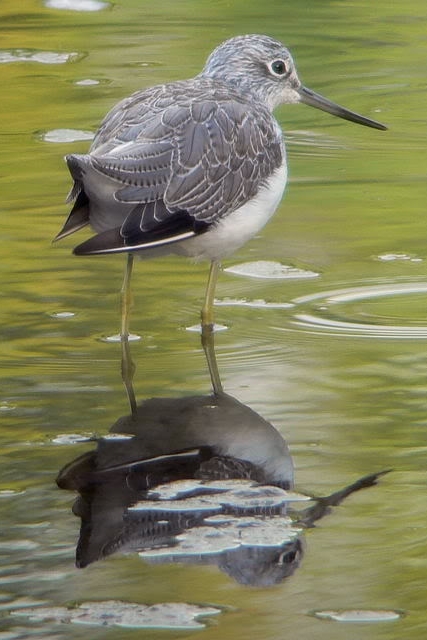
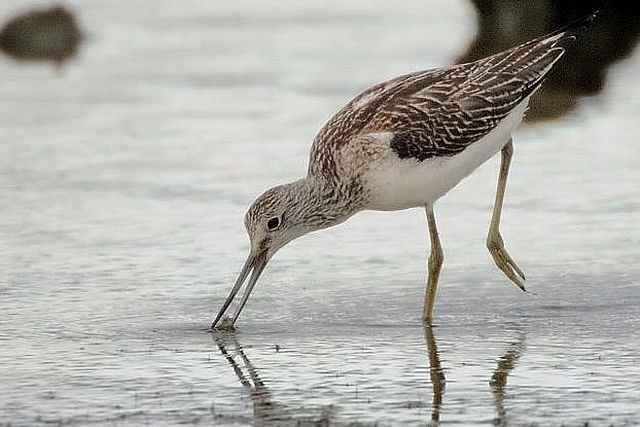
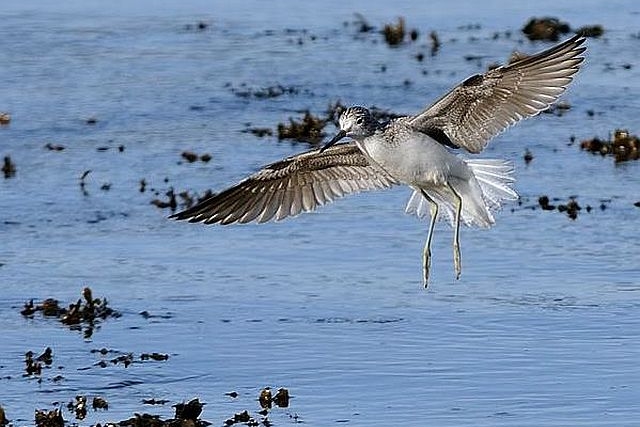
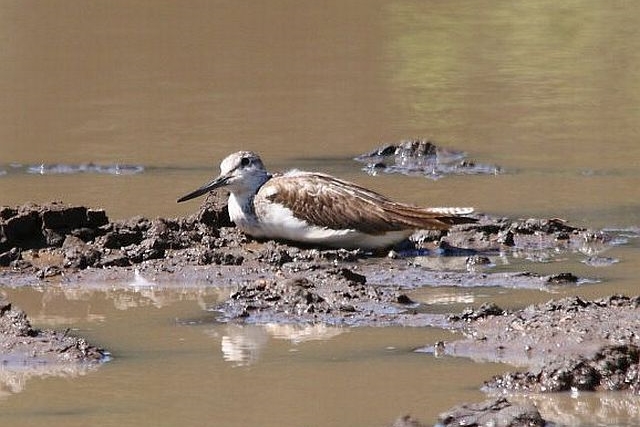 © Flutterby
© Flutterby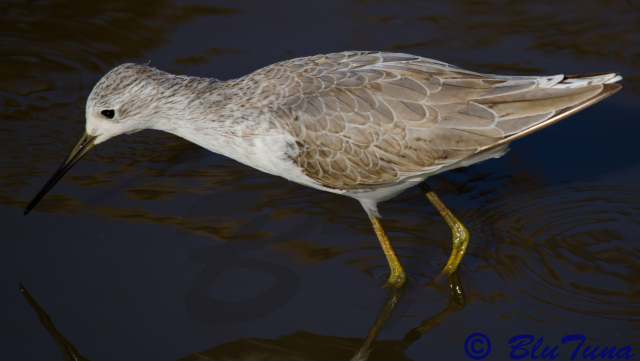 © BluTuna
© BluTuna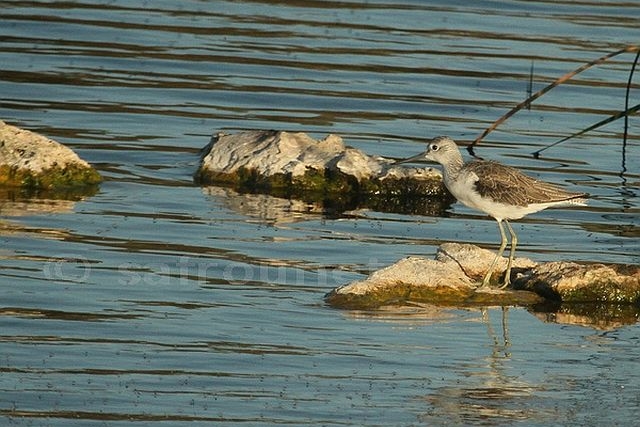 © nan
© nan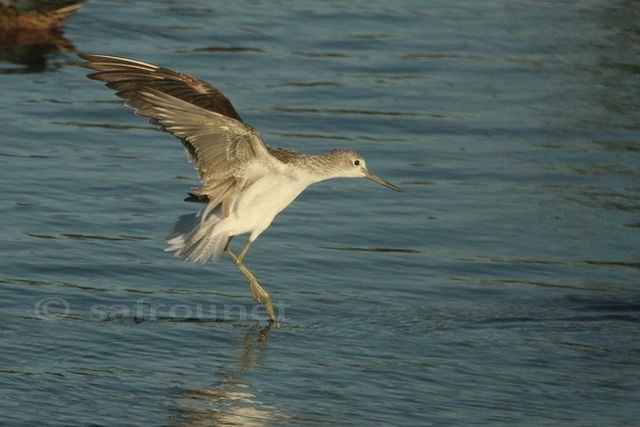 © nan
© nan